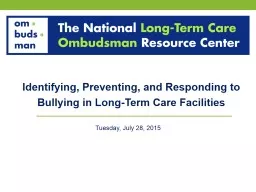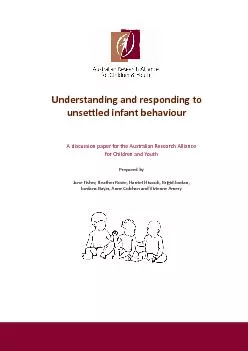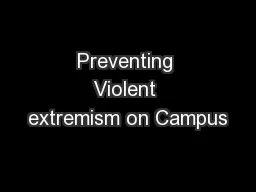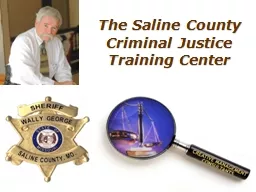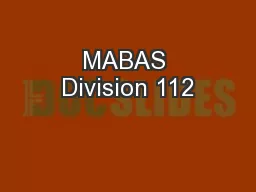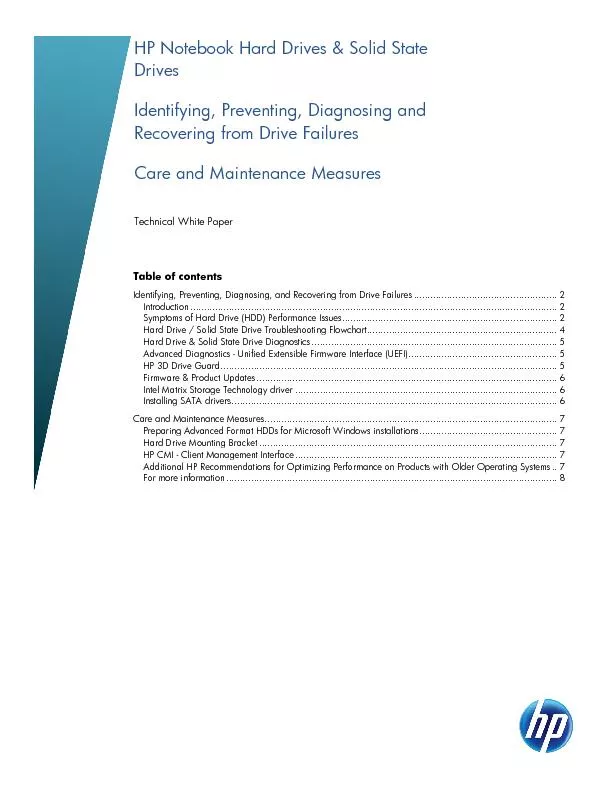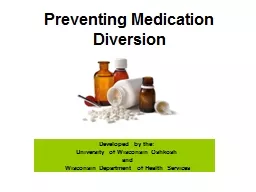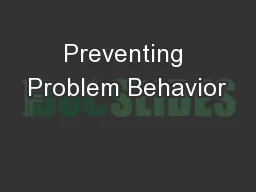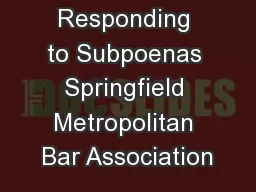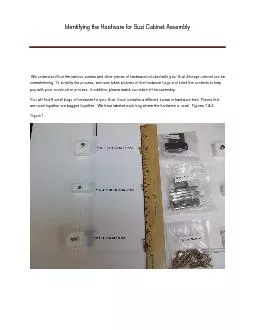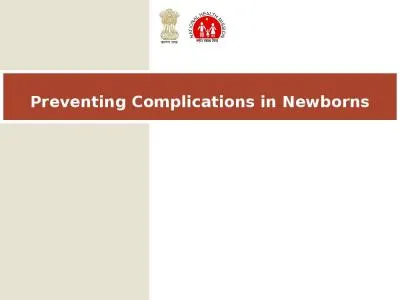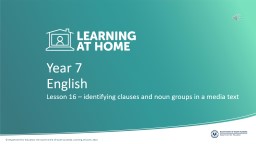PPT-Identifying, Preventing, and Responding to
Author : tatyana-admore | Published Date : 2019-11-24
Identifying Preventing and Responding to Bullying in LongTerm Care Facilities Tuesday July 28 2015 Use the Red Aresidents rightsow to expand or collapse your control
Presentation Embed Code
Download Presentation
Download Presentation The PPT/PDF document "Identifying, Preventing, and Responding ..." is the property of its rightful owner. Permission is granted to download and print the materials on this website for personal, non-commercial use only, and to display it on your personal computer provided you do not modify the materials and that you retain all copyright notices contained in the materials. By downloading content from our website, you accept the terms of this agreement.
Identifying, Preventing, and Responding to: Transcript
Download Rules Of Document
"Identifying, Preventing, and Responding to"The content belongs to its owner. You may download and print it for personal use, without modification, and keep all copyright notices. By downloading, you agree to these terms.
Related Documents

